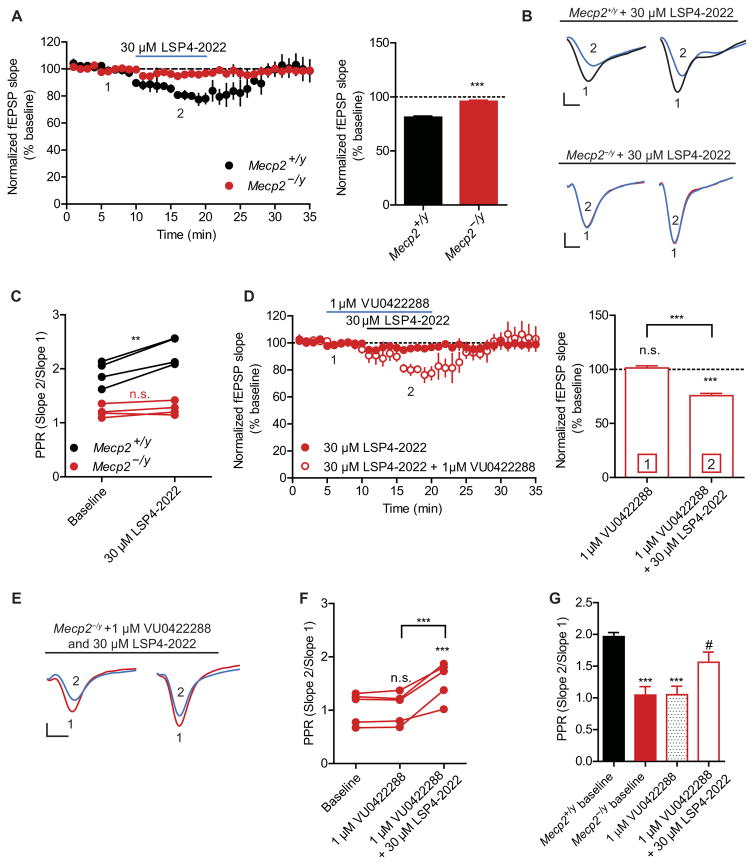Fig. 3. mGlu 7 function is impaired in Mecp2−/y slices and can be restored by application of VU0422288.
Recordings performed at SC-CA1 synapses. (A) Effect of bath application of LSP4-2022 (blue line) on fEPSP slope in Mecp2+/y and Mecp2−/y slices. Mecp2+/y versus Mecp2−/y [***P < 0.0001, two-tailed Student’s t test; n = 4, 4 (slices, mice), df = 6]. (B) Sample traces of fEPSPs before (1) and during (2) LSP4-2022 treatment in slices from Mecp2+/y and Mecp2−/y mice. (C) PPR after application of LSP4-2022 in Mecp2+/y and Mecp2−/y slices (**P = 0.003, two-tailed paired t test; n = 4, 4, df = 3). n.s., not significant. (D) Effects of pretreatment with VU0422288 alone and in combination with LSP4-2022 in Mecp2−/y slices. Mecp2−/y baseline is from (A). ***P < 0.0001, one-way repeated-measures ANOVA with Bonferonni’s post hoc; n= 4, 4, df = 4,8. (E) Sample traces of fEPSPs during baseline (1) and after application of VU0422288 and LSP4-2022 (2) in slices from Mecp2−/y mice. (F) PPR after application of VU0422288 and LSP4-2022 in Mecp2−/y slices. P < 0.0001, one-way repeated-measures ANOVA with Bonferonni’s post hoc; n = 5, 5, df = 4, 8. ***P < 0.001 VU0422288 alone versus VU0422288 + LSP4-2022 and ***P < 0.001 VU0422288 + LSP4-2022 versus baseline. (G) Post hoc analysis of PPR comparing baseline Mecp2+/y levels relative to Mecp2−/y baseline (***P < 0.001), VU0422288 alone (***P < 0.001), and VU0422288 + LSP4-2022 (#P < 0.05 relative to Mecp2−/y baseline). Two-tailed Student’s t test. Scale bars, 0.2 mV by 2 ms (B and E).

